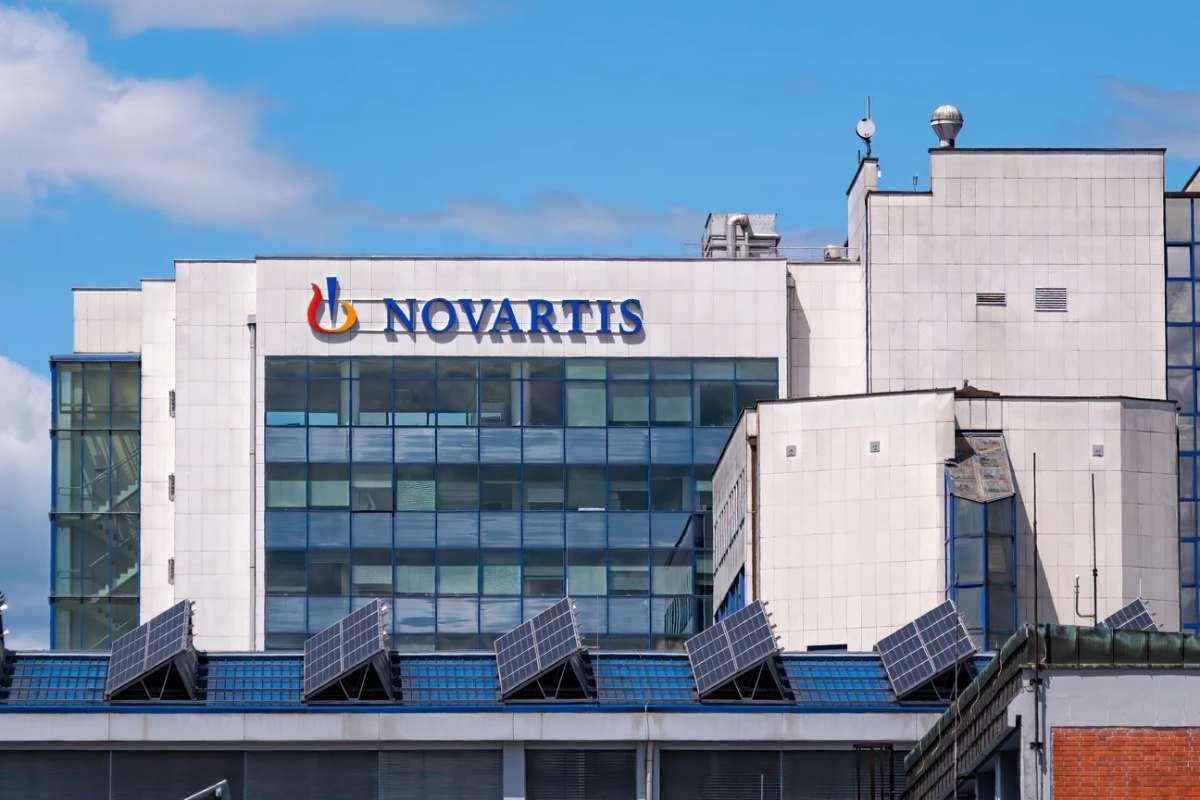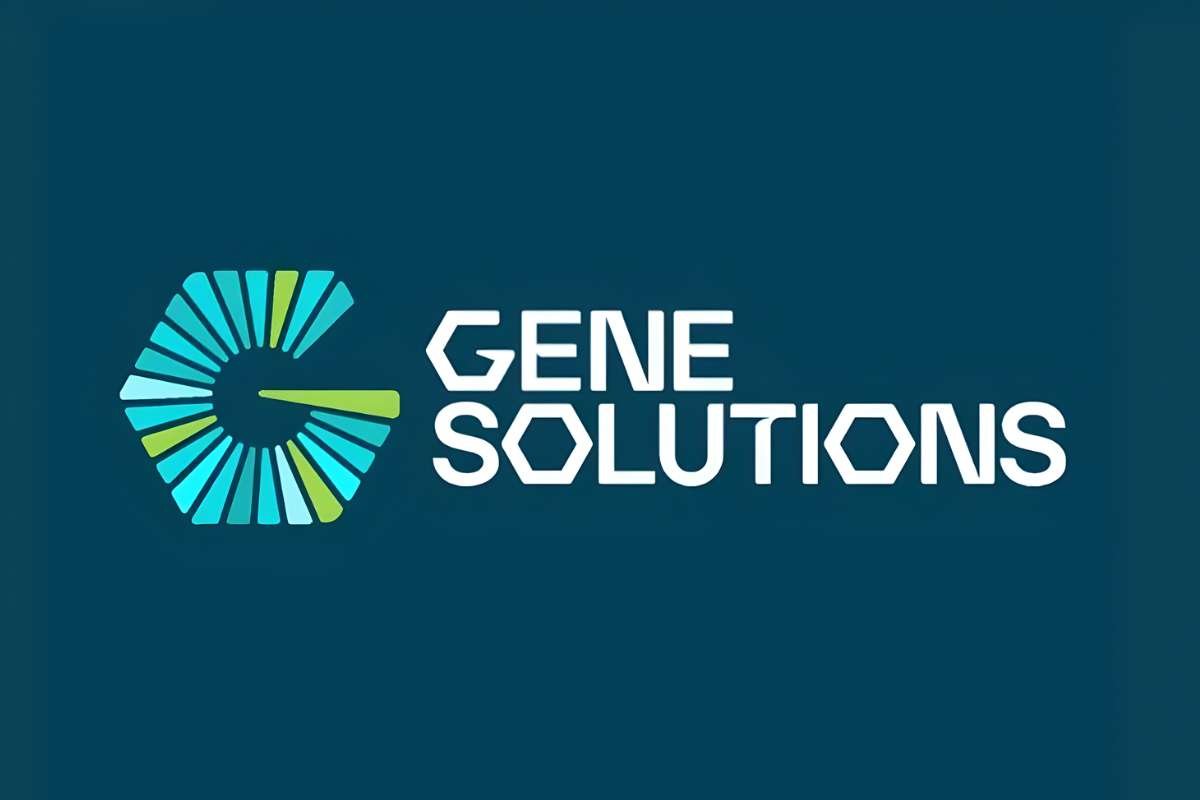Swiss drugmaker Novartis said on Nov. 20 that it expects Novartis sales growth to grow 5–6% percent annually through 2030, driven by rising demand for key cancer medicines and efforts to counter losses from patent expiries. The company outlined the forecast ahead of an investor event in Frankfurt, where it also raised peak-sales estimates for several major therapies.
Stronger drug outlook
Novartis increased the projected peak sales for Kisqali, its treatment for a common form of breast cancer, to at least $10 billion, up from an earlier estimate of $8 billion, reflecting confidence in future Novartis sales growth. The company also lifted expectations for the leukemia drug Scemblix, projecting peak sales of at least $4 billion compared with the previous minimum of $3 billion.
Executives said eight approved medicines now carry potential peak-sales ranges between $3 billion and $10 billion, reflecting a portfolio shift toward high-value specialty drugs that fuel Novartis sales growth.
Expansion through acquisitions
Last month, Novartis agreed to acquire Avidity Biosciences in a $12 billion deal aimed at strengthening its pipeline for muscle-disorder treatments. The company said the planned acquisition would increase its projected annual sales-growth rate for 2024–2029 to six percent, up from the previously expected five percent. The deal is expected to close in the first half of 2026.
The acquisition is part of a broader effort to offset declining revenue from older products, including the heart-failure drug Entresto, which faces increasing competition.
Margin targets and financial performance
Novartis said it is targeting a core operating-income margin of at least 40 percent by 2029. The outlook factors in a one to two percentage point impact from the Avidity acquisition. The company reported a margin of 41.2 percent for the first nine months of 2025.
In October, Novartis posted third-quarter earnings that were roughly in line with expectations. However, weaker margins drew investor concern, and the company’s new-drug growth did not fully ease worries about flattening sales from long-established medicines losing momentum areas future Novartis sales growth aims to stabilize.
Industry context
The long-term guidance highlights Novartis’ reliance on specialty cancer therapies to drive Novartis sales growth as several major drugs approach the end of market exclusivity. Many pharmaceutical companies are adopting similar strategies, boosting investment in targeted therapies and expanding pipelines through acquisitions to maintain revenue momentum.
Novartis’ updated projections suggest confidence in both its late-stage development programs and the commercial potential of its existing oncology portfolio. The company said it expects the strengthened pipeline and recent transactions to support stable growth through the end of the decade.
Also Read : Is There a Diet for Cancer Prevention? Here is How Food and Cancer Are Linked.









